Jul
14
2011
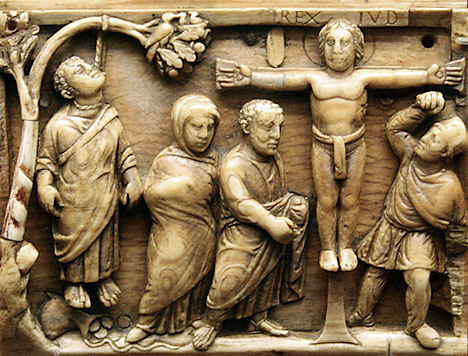
“…falling headlong, he burst open in the middle…”
Todd Robinson commented:
“I’ve enjoyed your particular brand of orthodox preterism. Working through Acts recently, I began to wonder what Michael Bull’s take on Acts 1:11 and 3:19-21 would be… Thanks for any insight.”
Continue reading
2 comments | tags: Abraham, Acts, AD70, Ascension, Atonement, Herod, Judas, Pentecost, Peter, Peter Leithart, Preterism, Urim and Thummim | posted in Against Hyperpreterism, Bible Matrix, Biblical Theology, The Last Days, The Restoration Era
Jun
28
2011
or Holy Smoke
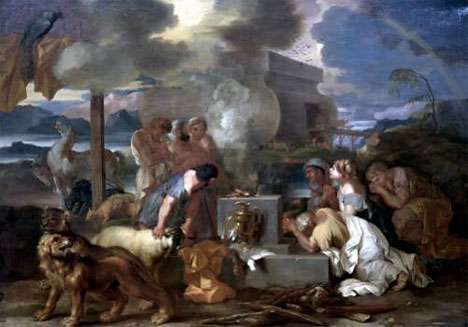
Doug Wilson writes:
“The debate in the early church was not whether the Jews should stop circumcising their sons; it was whether the Gentiles had to start. The decision of the Jerusalem council was not that individual Gentiles did not have to be circumcised. If circumcision had been required of them, it would have obligated them to live as Jews under the Mosaic law — which included the circumcision of all subsequent generations. Circumcision was not being waived for individual Gentiles; circumcision was being waived for Gentiles and their seed. So the Christian church did not insist that Gentiles circumcise their infants — not because they were infants, but because they were Gentile infants” (To a Thousand Generations, pp. 68-69).
Since there is no ex-plicit proof of infant baptism, Pastor Wilson’s self-stated, continuing goal here is to find im-plicit proof. My goal in the following is to show that not only do circumcision and baptism not correspond, but also that the solution to the dispute in this passage he refers to is given in the passage, leaving no room for an im-plicit reference to infant baptism.
Continue reading
16 comments | tags: AD70, Baptism, Circumcision, Covenant Theology, Culture, Doug Wilson, Federal Vision, Genesis, James, James Jordan, John, Literary Structure, Noah, Peter Leithart, Revelation | posted in Bible Matrix, Biblical Theology, Ethics, The Last Days
Jun
8
2011

The debate over infant baptism at Doug Wilson’s blog continues. Pastor Wilson writes:
“The Gentiles were threatened with removal from the same tree the unbelieving Jews had been in. But if this were the tree of salvation, then the elect can lose their salvation — which cannot be defended biblically. And if this is the tree of the covenant, then the point stands” (To a Thousand Generations, p. 36)
This looks logical enough, but trees are a process of maturity, from seed to fruit. So is righteousness, and so is sin.
Continue reading
28 comments | tags: AD70, Baptism, Booths, Doug Wilson, Feasts, Restoration, Revelation, Romans, Tabernacles, Typology | posted in Bible Matrix, Biblical Theology, Quotes, The Last Days, The Restoration Era
Jan
28
2011
or Goblet of Fire
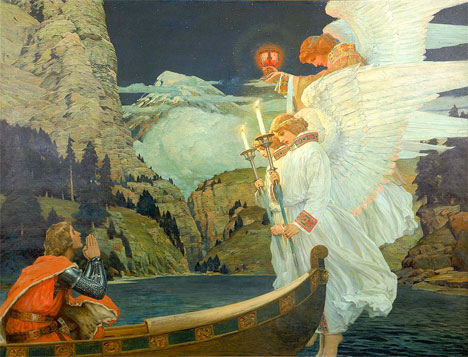
“And the times of this ignorance God winked at;
but now commandeth all men every where to repent…” Acts 17:30
Reading the Bible without an understanding of Creational and Covenant structures is like watching test cricket without knowing the rules. It’s not unusual for even the best commentators to be distracted by something as inconsequential as a lost seagull. But every moment is part of a bigger picture. Isaiah can seem tedious at times, but it’s a long game. Let’s look at Isaiah 4:2-6, which relates the purging of exiled Israel to the jealous inspection in Numbers 5. In this case, she comes up trumps.
Continue reading
1 comment | tags: AD70, Belshazzar, Compromise, Daniel, Intermarriage, Isaiah, Lampstand, Literary Structure, Numbers, Numbers 5, Pentecost, Pharisees, Systematic typology, Tabernacle, Witness | posted in Bible Matrix, Biblical Theology, The Last Days, The Restoration Era
Jan
22
2011
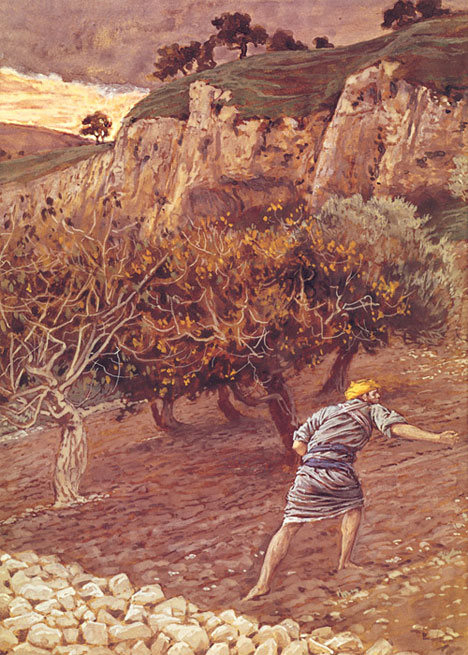
Joel McDurmon has an excellent rundown on the first century context of Jesus’ parables:
…The separation of wheat and tares, then, pertained to the destruction of Jerusalem and the separation of God’s true fruit-bearing people from the weeds, the unbelieving Jews of that time. Ironically, this interpretation gets to the heart of the picture in the parable.
Continue reading
Comments Off | tags: AD70, Joel McDurmon | posted in Bible Matrix, Quotes, The Last Days
Jan
13
2011
or Discerning the True Sword
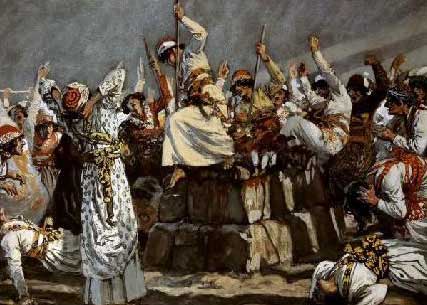
“Beware of dogs, beware of evil workers, beware of the mutilation!”
Philippians 3:2 (NKJV)
Jeff Meyers copped flak for his take on the parable of the Pharisee and the tax collector. He says the tax collector was justified for his Covenant faithfulness, and the Pharisee was not. Was it not the Pharisee who was faithful? And, either way, is this not justification by works? Has Jeff got night and day around the wrong way?
Continue reading
2 comments | tags: AD70, Exodus, Federal Vision, Incense Altar, Jeff Meyers, Tabernacle, Worship, Worship as commerce | posted in Bible Matrix, Biblical Theology, The Last Days
Dec
27
2010
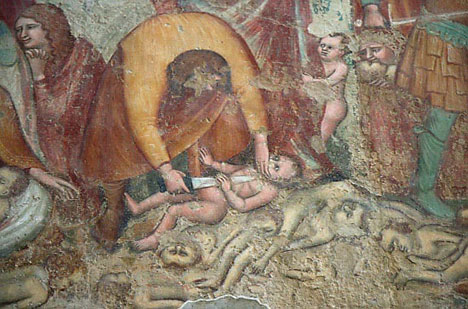
A Christmas sequel to Joseph Gets Passed Over.
The subject matter of this article was corrected, revised, and expanded in December 2018 and published here: Matthew 2: Jerusalem as Egypt.
1 comment | tags: AD70, Add new tag, Altar of the Abyss, Christmas, Gehenna, Herod, Literary Structure, Matthew | posted in Bible Matrix, Biblical Theology, Totus Christus
Oct
29
2010
The Slow Wheels of Justice
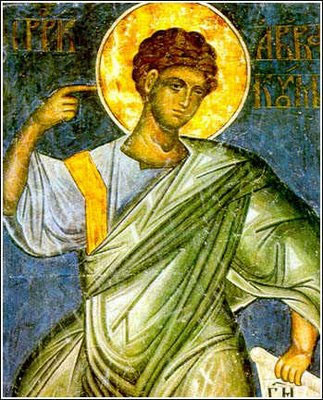
I am Habakkuk the prophet. And this is the message that the LORD gave me. Our LORD, how long must I beg for your help before you listen? How long before you save us from all this violence? Why do you make me watch such terrible injustice? Why do you allow violence, lawlessness, crime, and cruelty to spread everywhere? Laws cannot be enforced; justice is always the loser; criminals crowd out honest people and twist the laws around.
Habakkuk 1:1-4
[Part 1 here.]
Perhaps there is more to this idea of “suing God” than a mere Puritan quote, especially when God Himself fails to keep His own rules, when God Himself appears to break Covenant.
Continue reading
Comments Off | tags: Abel, AD70, Covenant curse, Covenant Theology, David, Habakkuk, Judges, Peter Leithart, Postmillennialism, Revelation, Samson | posted in Biblical Theology, Quotes, The Last Days
Oct
9
2010
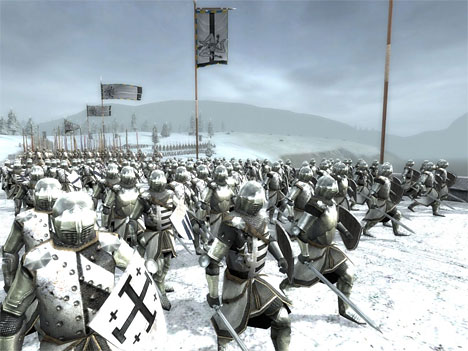
“Make two silver trumpets for yourself; you shall make them of hammered work; you shall use them for calling the congregation and for directing the movement of the camps.” Numbers 10:2
The Bible Matrix aligns a lot of apparently unrelated incidents. When certain things appear repeatedly at the same point in the structure, we can confidently conclude, despite the earnest protestations of our learned friends, that these relationships are trustworthy indicators of the symbolic meanings God has given to the corresponding things. Liberal scholars believe that the idea of resurrection was “developed” by Hebrew theologians over the centuries. This is because they fail to see the contant symbols of the coming resurrection beating throughout the Old Testament in types and dark sayings. The drums reach a crescendo in the later New Testament epistles until the trumpets finally blast a terrifying staccato in the Revelation. This is the first resurrection. Continue reading
Comments Off | tags: AD70, Feasts, Josephus, Postmillennialism, Resurrection, Revelation, Silver, Systematic typology, Trumpets | posted in Bible Matrix, Biblical Theology, The Last Days
Sep
29
2010
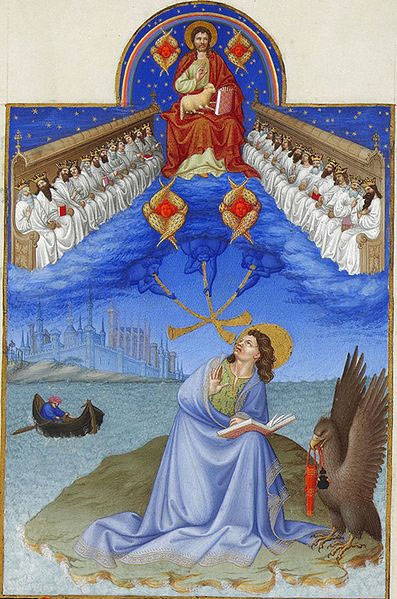
“What was from the beginning, what we have heard, what we have seen with our eyes, what we have gazed upon and our hands handled concerning the word of life—and the life was manifested, and we have seen and bear witness and announce to you the life, the eternal one, which was toward the Father and was manifested to us—what we have seen and heard, we announce also to you…”
IF I BELIEVE that the first resurrection occurred around AD70 [1], and that the New Covenant administration consists of saints living and reigning with Christ in heaven [2], these “joint-heirs” become co-mediators in some fashion. Does this open the door to the Roman Catholic practice of praying to glorified saints, or to the Eastern Orthodox love for beautiful icons?
Continue reading
8 comments | tags: AD70, Holy Place, John, Millennium, Peter Leithart, Revelation 20, Roman Catholicism | posted in Against Hyperpreterism, Biblical Theology, Quotes, The Last Days



































